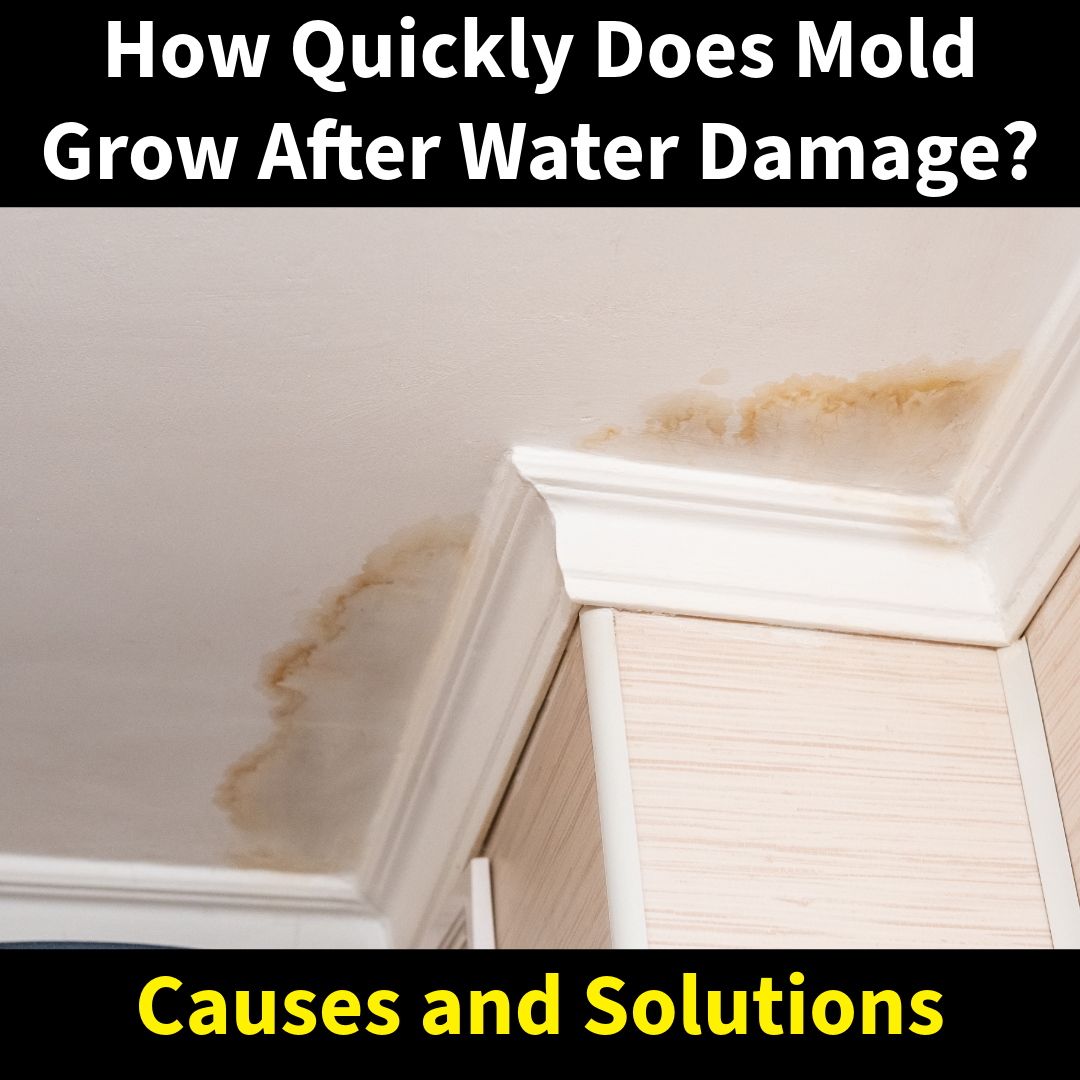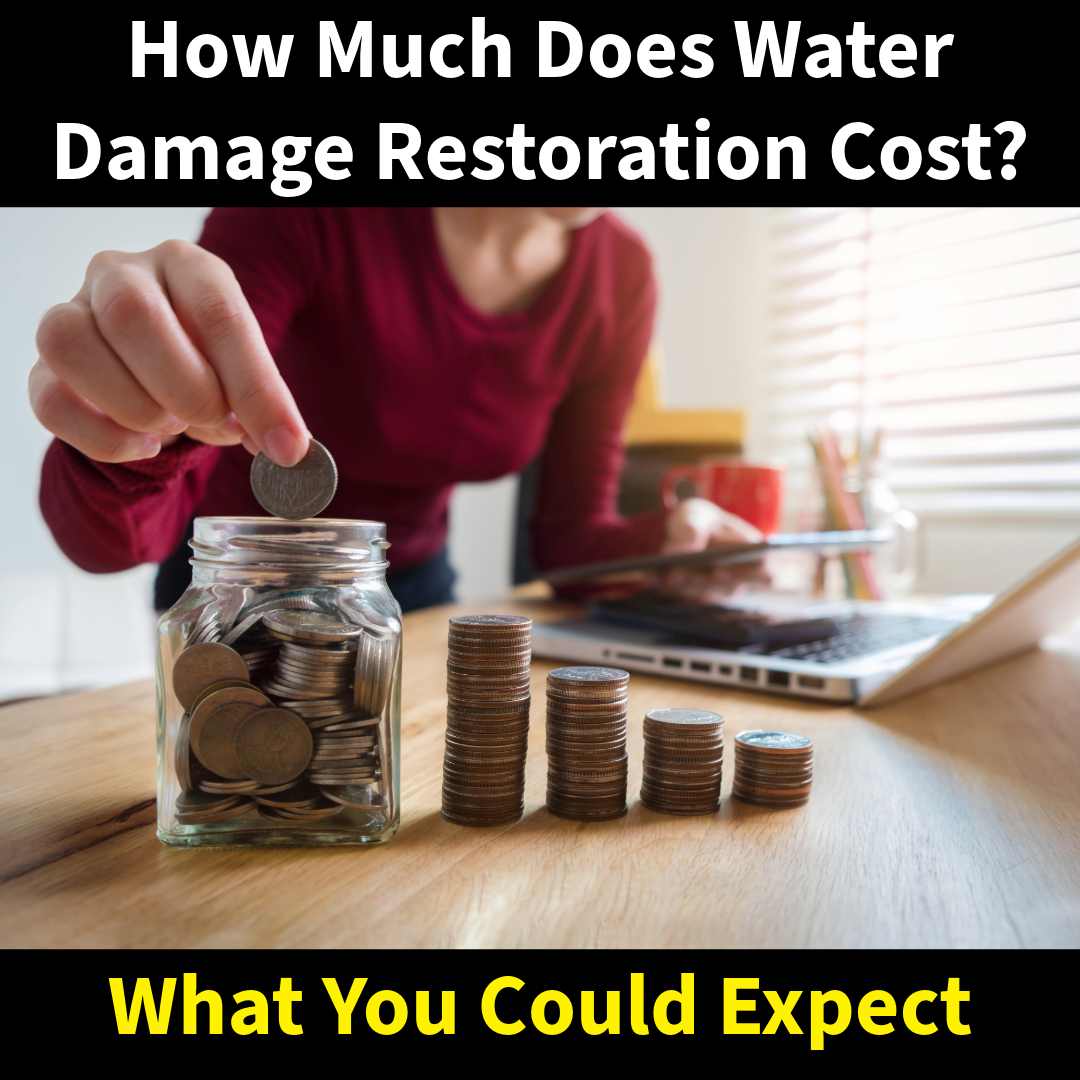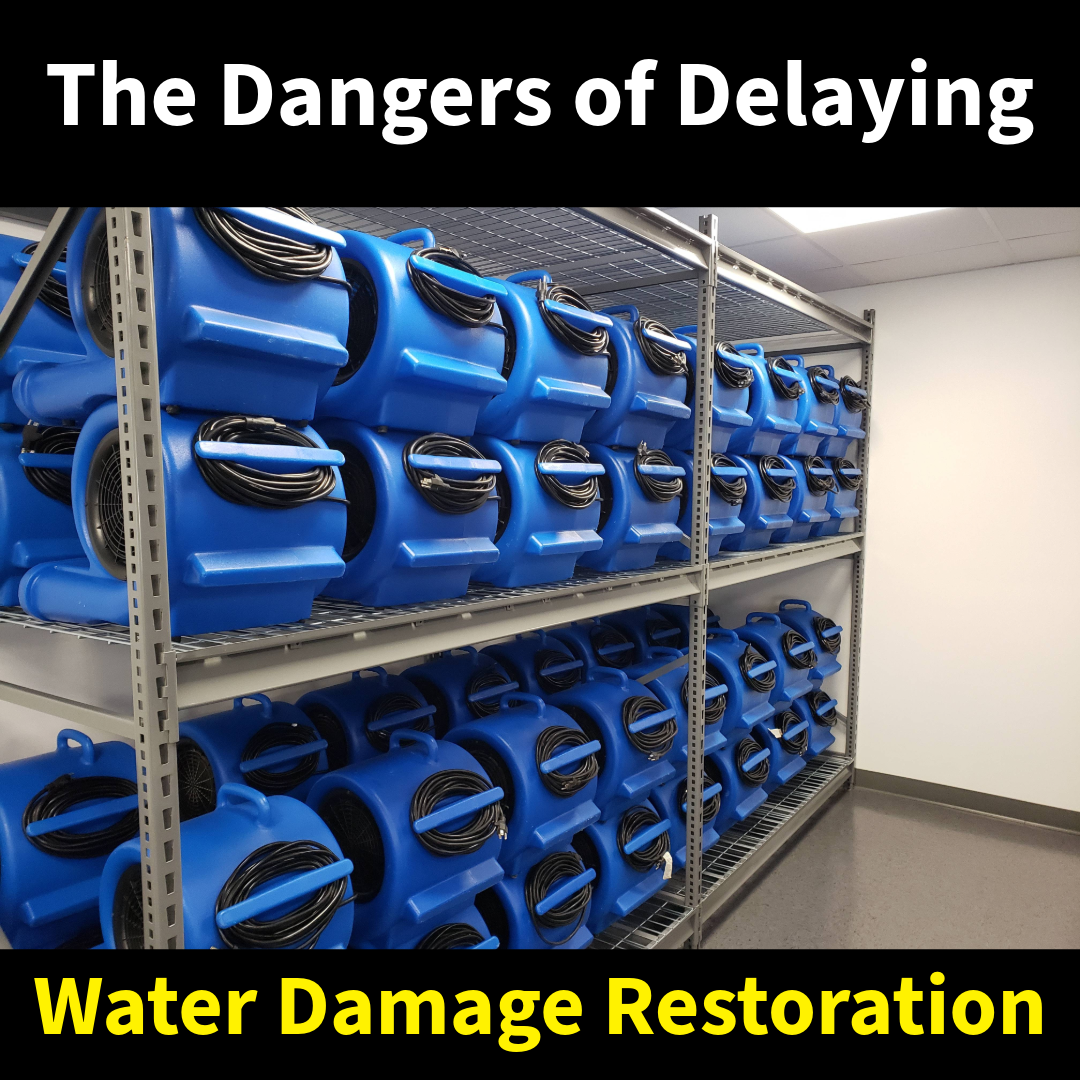Water damage can be an overwhelming experience for any property owner. Beyond the immediate damage to your belongings and structure, one of the most pressing concerns is the rapid growth of mold. Mold thrives in moist environments and can pose serious risks to your health and home. But just how quickly does mold grow after water damage? Let’s dive into the timeline and what you can do to prevent it.
What Causes Mold Growth After Water Damage?
Mold is a type of fungus that reproduces through tiny spores. These spores are always present in the air, but they require the right conditions to grow. Water damage provides the perfect environment for mold to flourish, particularly when the following factors are present:
- Moisture: Mold needs water to grow. Any standing water, damp surfaces, or high humidity levels can trigger mold growth.
- Organic Material: Mold feeds on materials like wood, drywall, and carpets, which are commonly affected by water damage.
- Temperature: Warm temperatures (between 70-90°F) accelerate mold growth, but it can grow in cooler conditions as well.
- Time: Mold growth doesn’t take long once conditions are favorable.
How Fast Can Mold Grow?
Mold’s growth timeline is alarmingly quick:
- Within 24-48 Hours: Mold spores begin germinating on damp surfaces. At this stage, you may not see visible signs, but microscopic mold is already developing.
- Within 72 Hours: Small mold colonies start to form and may become visible as black, green, or white spots on affected surfaces.
- After a Week or More: Mold growth becomes extensive, spreading to adjacent areas and potentially causing structural damage.
The speed of mold growth underscores the importance of acting immediately after water damage occurs. Delaying cleanup and drying efforts can result in widespread mold infestations that are more costly and time-consuming to address.
Why Is Mold Growth a Problem?
Mold growth after water damage isn’t just unsightly; it comes with significant risks:
- Health Risks: Mold exposure can lead to respiratory problems, allergies, skin irritation, and more severe health issues for those with compromised immune systems.
- Structural Damage: Mold can deteriorate walls, ceilings, flooring, and insulation, weakening your home’s structural integrity.
- Decreased Property Value: A property with visible mold or a history of mold infestations can lose value and deter potential buyers.
Steps to Prevent Mold After Water Damage
The best way to deal with mold is to prevent it from growing in the first place. Here are some steps to take immediately:
- Act Fast: Remove standing water as quickly as possible using mops, towels, or a wet-dry vacuum.
- Dry the Area Completely: Use fans, dehumidifiers, and ventilation to eliminate excess moisture. Open windows to improve airflow if the weather permits.
- Inspect for Hidden Moisture: Areas like carpets, underflooring, and behind walls can retain moisture, so thorough inspection is key.
- Disinfect Affected Areas: Cleaning surfaces with mold-inhibiting solutions can help prevent spore growth.
- Call Professionals: For extensive water damage, professional restoration services can ensure thorough drying, cleaning, and mold prevention.
How Mold Solutions & Inspections Can Help
At Mold Solutions & Inspections, we understand the urgency of water damage restoration. Our team specializes in:
- Water Damage Restoration: We quickly remove water and dry affected areas to minimize mold risk.
- Mold Testing and Remediation: Our advanced techniques detect hidden mold and eradicate it from your property.
- Comprehensive Services: From biohazard cleaning to asbestos testing, we provide a full suite of restoration and inspection services.
With our expertise, you can trust that your property will be restored to a safe and healthy state. Don’t wait until mold becomes a bigger problem—contact us for a free consultation and prompt assistance.
Time is of the essence when dealing with water damage. Mold can begin growing within 24-48 hours, so immediate action is critical to protecting your home and health. If you’ve experienced water damage, don’t hesitate to reach out to Mold Solutions & Inspections. Let our professionals help you restore your property and prevent mold growth before it starts.
Call us today for expert water damage restoration and mold remediation services!


